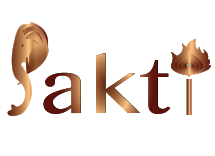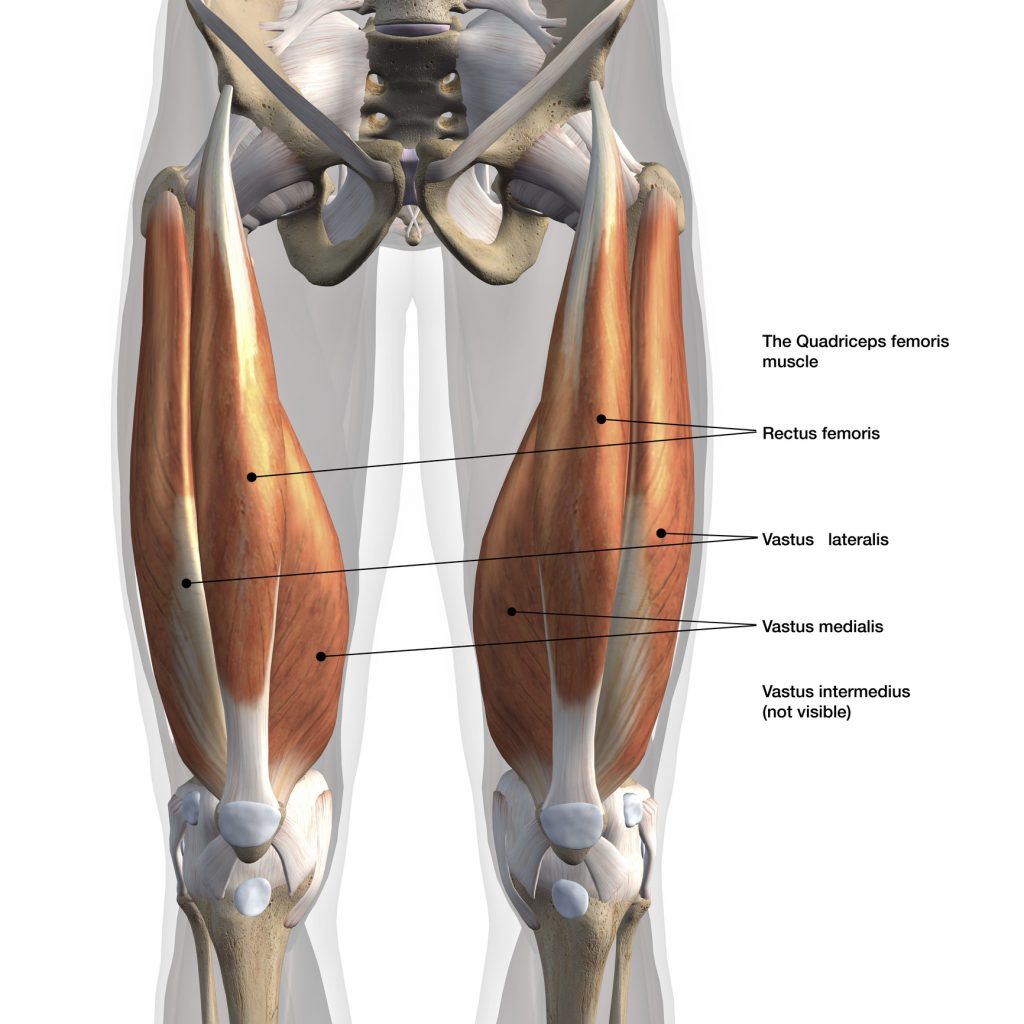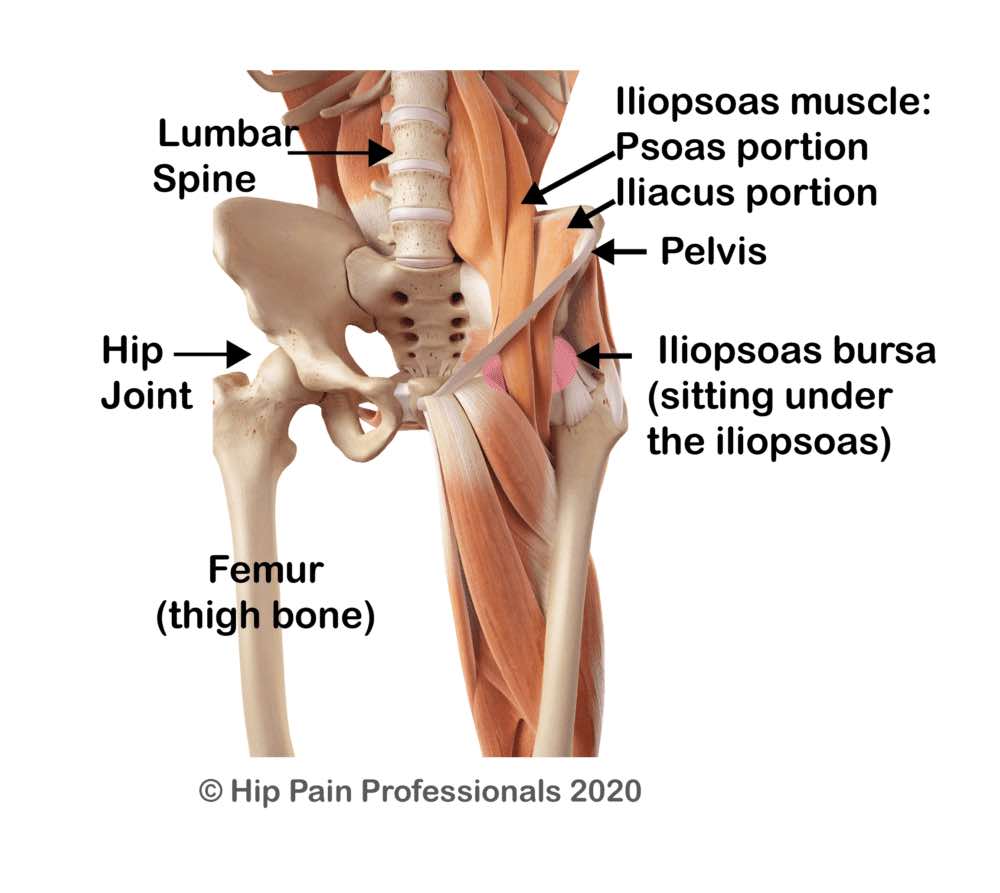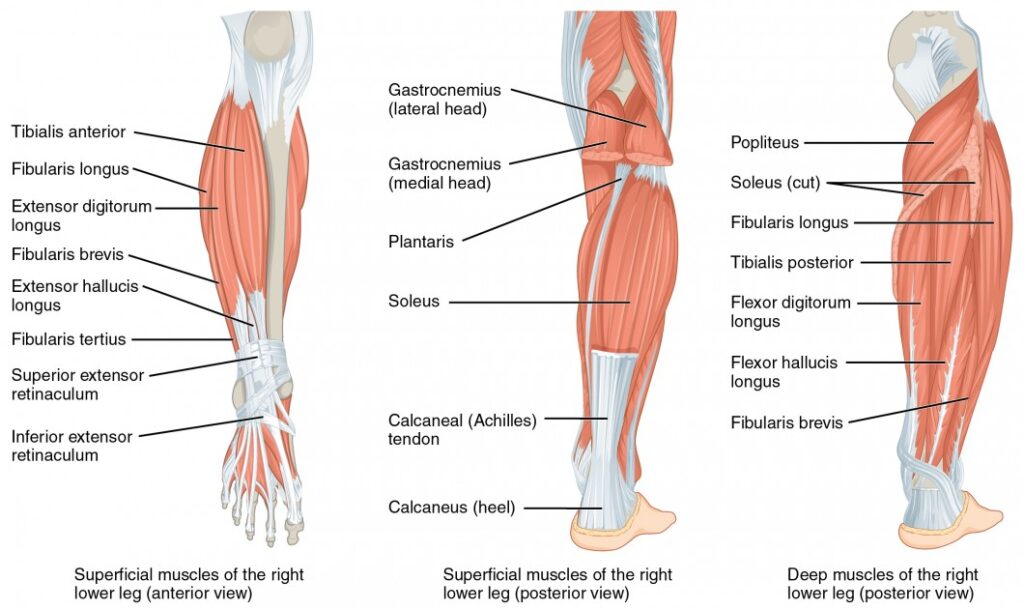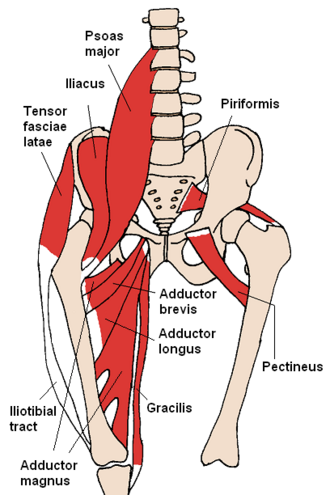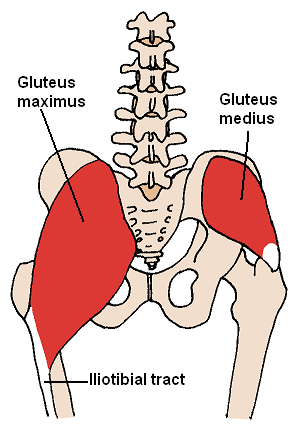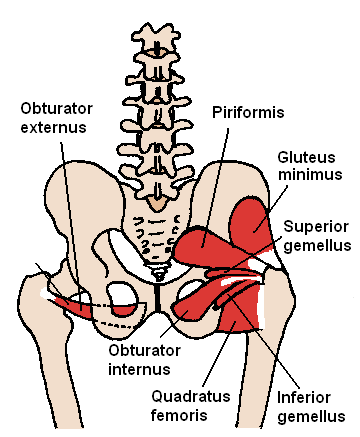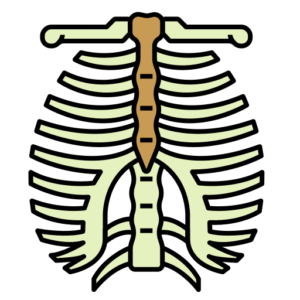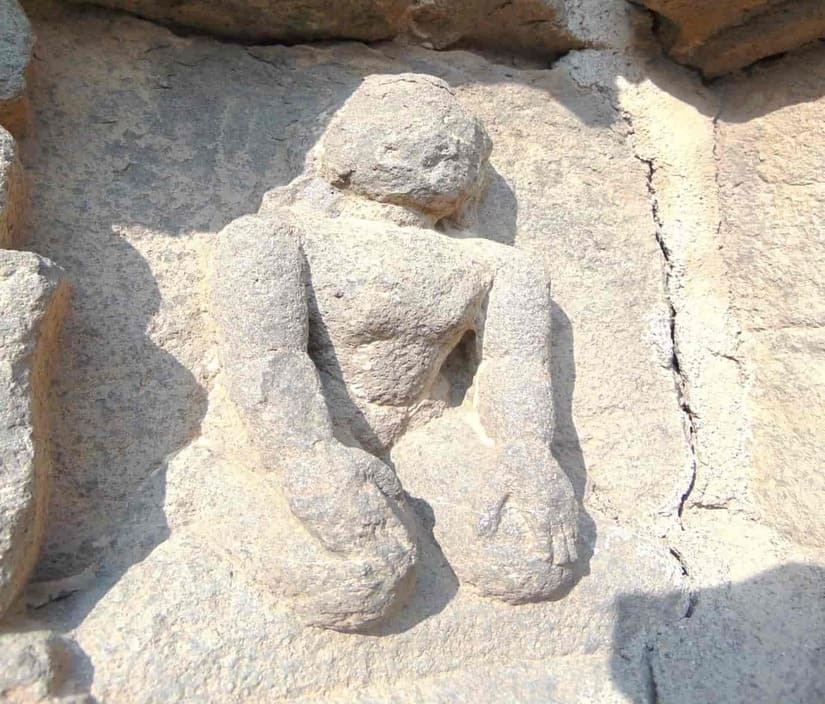
Understanding Asana and its importance
Vajra = Diamond/thunderbolt
Asana = Seat
Diamond, a thunderbolt-like power with the spine erect.
Benefits
- An erect spine and a wide-open chest improve posture and breath flow.
- Improves digestion.
- Increases blood supply to abdominal and pelvic organs, hence improves the functioning of pelvic and abdominal organs
- Strengthening of the Foot Dorsum
Caution
- Knee and ankle joints may cause pain if flexion is not easily achieved.
